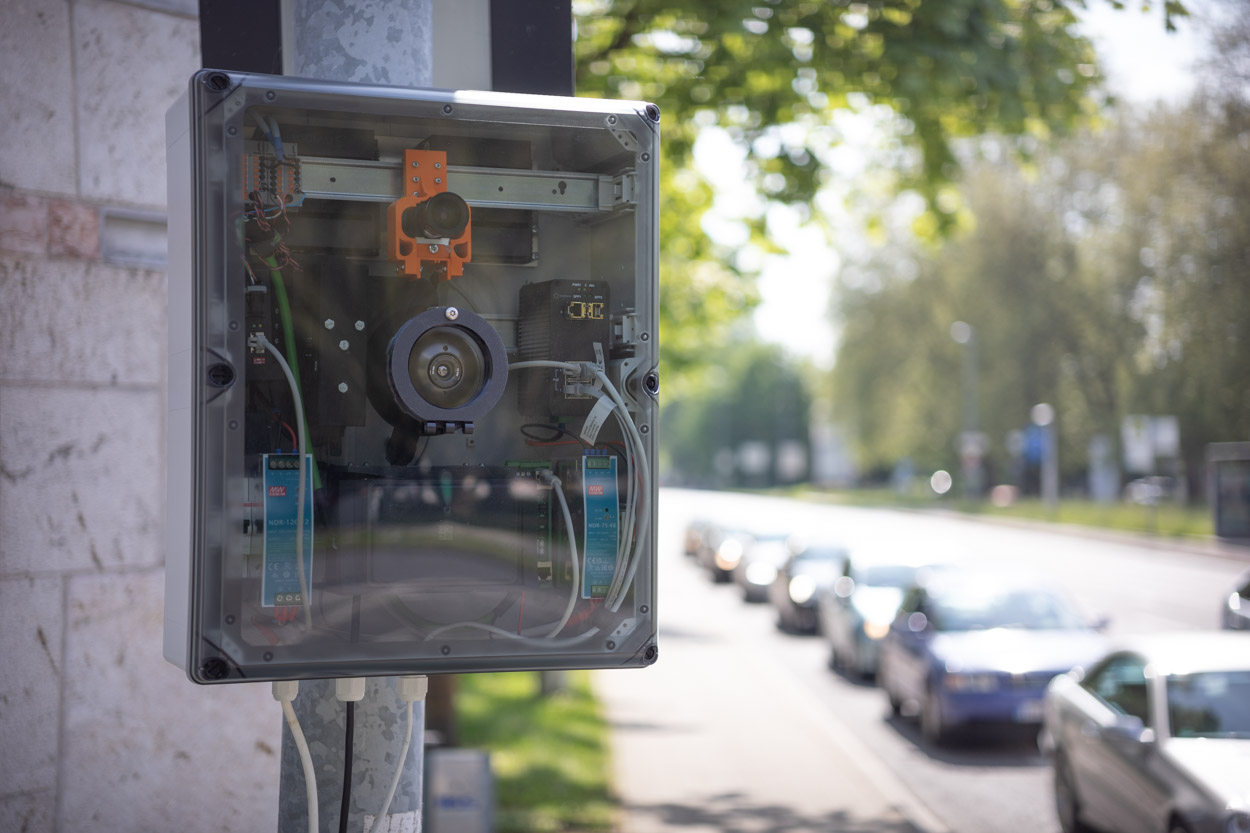Flexible data collection and linked analysis
There are many challenges when gathering traffic data. First of all, data must be collected and processed in accordance with data protection regulations. On a technical level, it is also important that the collection of data is minimally influenced by environmental conditions such as lighting conditions, weather, etc. The system must not require extensive adjustment in order to ensure flexible use. The project's objective is to develop a system that can overcome all of these challenges at once by the end of 2022. Data evaluation is essential here. An AI-based infrared image analysis that uses Convolutional Neural Networks will identify road users in the field of view. In the case of radar data analysis, various road users' point clouds are separated into clusters using AI algorithms. Then, micro-Doppler spectra signals are analyzed for movements so that road users can be classified. This heterogeneous data will be integrated with each other and converted into a list of objects in the traffic scenario.
Three Fraunhofer Institutes
Three Fraunhofer institutes are working together on the KonSensData project. The Fraunhofer Institute for High Frequency Physics and Radar Techniques FHR is working on the hardware to develop detection and tracking algorithms based on the prototype created in the Horis and KonSens projects with the aim of reducing the data volume and processing movement data obtained from the micro-Doppler information. The Fraunhofer Institute for Intelligent Analysis and Information Systems IAIS is providing algorithms that localize, classify and track road users by means of an infrared camera. The Fraunhofer Institute for Transportation and Infrastructure Systems IVI is merging the infrared camera, radar and accessories into one system, launching this sensor box in various German cities and supplying fusion algorithms for final 3D object detection and trajectory determination. On top of this, the Fraunhofer IVI is also developing the technology required to localize the sensor systems, which can then be used on the go.
 Fraunhofer Cluster of Excellence Cognitive Internet Technologies CCIT
Fraunhofer Cluster of Excellence Cognitive Internet Technologies CCIT